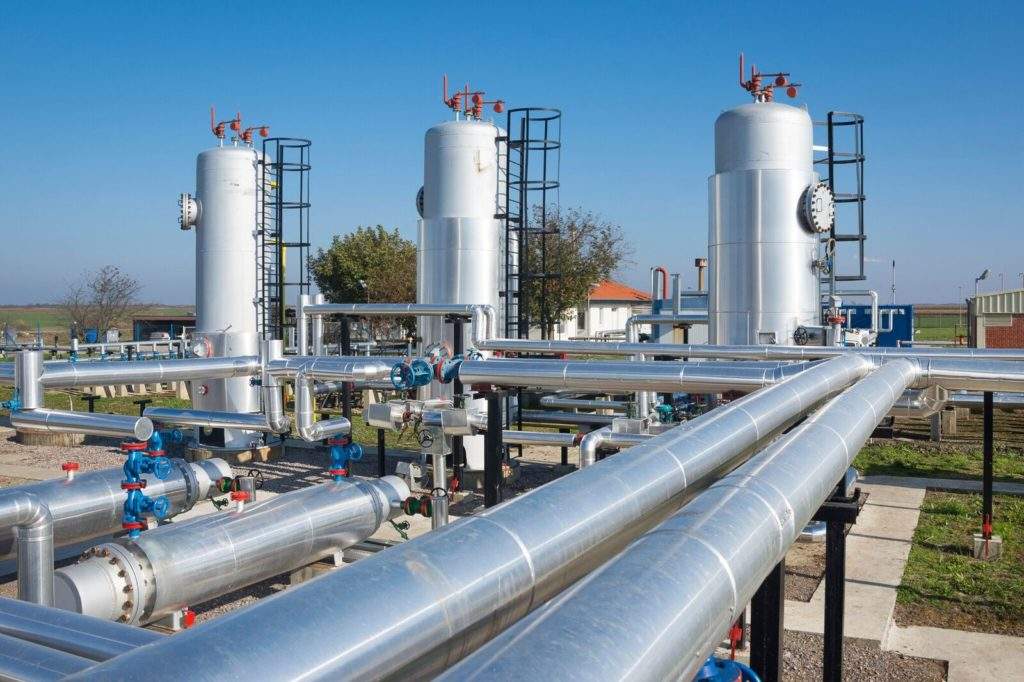Article Archive
Article Archive
- Introduction of Cement Slurry System (Part 1)
- Introduction of Cement Slurry System (Part 2)
- Introduction of Cement Slurry System (Part 3)
- Introduction of Cement Slurry System (Part 4)
- High Temperature and High Pressure Cementing Technology
- Low Density Cementing Slurry Technology
- Anti Gas Channeling Cementing Technology
- Drag Reducing Agents (DRA) or Drag Reducers (DR)
- Nitrogen Surfactant Compound Huff and Puff Technology
- Oil Washing Technology for Increasing Production
Drag reducers, also known as drag reducing agents (DRA) and flow improvers, are any material that reduces frictional pressure loss during fluid flow in a conduit or pipeline. Pressure loss reduction is achieved by reducing the level of turbulent motion in the flow. Using DRA allows increased flow using the same amount of energy or decreased pressure drop for the same flow rate of fluid in pipelines.
THEORY OF DRAG REDUCTION
Frictional pressure drop, or drag, is a result of the resistance encountered by flowing fluid coming into contact with the pipe wall. There are generally two types of flow – laminar and turbulent. The friction pressures observed in laminar flow cannot be changed unless the physical properties of the fluid are changed. The current class of DRA does not change fluid properties and hence is effective only in turbulent flow. In most petroleum pipelines, the liquid flows through the pipeline in a turbulent regime. Therefore, current DRA can perform very well in most pipelines, allowing treatment of light to medium crude, heavy crude, multiphase and refined product applications.
In a turbulent flow regime, the fluid molecules move in a random manner, causing much of the energy applied to them to be wasted as eddy currents and other indiscriminate motion. DRA works by an interaction of the polymer molecules with the turbulence of the flowing fluid.
For an evaluation of whether ZORANOC’s drag reducing products can aid in your application, please contact Zoranoc.
Flow improvers, also known as drag reducing agents (DRA), are injected into pipeline fluids to reduce turbulence. The associated reduction in frictional pressure drop can provide significant benefits to pipeline operators by providing additional pipeline throughput, the ability to operate in reduced pressure-drop conditions, or a combination of these effects.
FLOW INCREASE
DRA lowers pipeline frictional pressure loss by reducing turbulence in the flow. This change allows operators to increase throughput and earn more tariff. Drag reduction agents from Zoranoc have doubled the throughput of many pipelines.
CONSTRAINT REMOVAL
Is there a bottleneck in your pipeline? A segment that restricts throughput of the entire line? DRA effectively alleviates the constraint of a bottleneck segment, thereby allowing the flow rate across the entire pipeline to be increased.
ENERGY MANAGEMENT
Reducing the frictional pressure in a pipeline also saves pumping energy.Zoranoc has supplied many applications where entire pump stations have been by passed. By allowing shutdown of intermediate pump stations, energy and maintenance costs can be dramatically reduced.
PRESSURE REDUCTION
Sometimes operators need to reduce the operational pressure in a pipeline. DRA is a fast and effective tool to reduce and control pipeline pressure, without compromising throughput.
RESULTS WITHOUT LARGE CAPITAL EXPENDITURES
Pipeline performance can often be improved without major capital investment. DRA is injected directly into pipeline products, using skid-mounted injection pumps and tanks. Installation of a DRA skid enables pipeline operations to see reliable results, without any changes to existing pipeline steel.
TEMPERATURE MANAGEMENT
DRA can be used to reduce (heat generating) pump energy input. Pipeline operators have used DRA to reduce the arrival temperature of heavy crude oil. DRA treated liquids also have been shown to have lower heat transfer properties, which at times will reduce heat loss to the surroundings, particularly in submerged pipelines.




